
Are you ready for severe weather?
Each year, Homeland Security and Emergency Management in collaboration with the National Weather Service sponsors Severe Weather Awareness Week in Minnesota. The week is designed to refresh, remind and educate everyone about the seasonal threats from severe weather and how to avoid them. It's also a great time to make and practice your emergency plan and build or refresh your emergency preparedness kit.
Each day of this week focuses on a different threat.
Monday: Alerts and Warnings
Tuesday: Severe Weather, Lightning, and Hail
Wednesday: Floods
Thursday: Tornadoes
Friday: Extreme Heat
It's Tuesday and we're storm damage experts. It feels fitting that we talk a little about Severe Weather, Lightning, and Hail!
Thunderstorms affect relatively small areas, compared with most other storms. The typical thunderstorm is 15 miles in diameter and lasts for 30 minutes — but whatever their size, all thunderstorms are dangerous.
Severe thunderstorms produce large hail or winds of at least 58 mph. Some wind gusts can exceed 100 mph and produce tornado-like damage. That’s why many communities will sound their outdoor sirens for damaging straight-line winds.
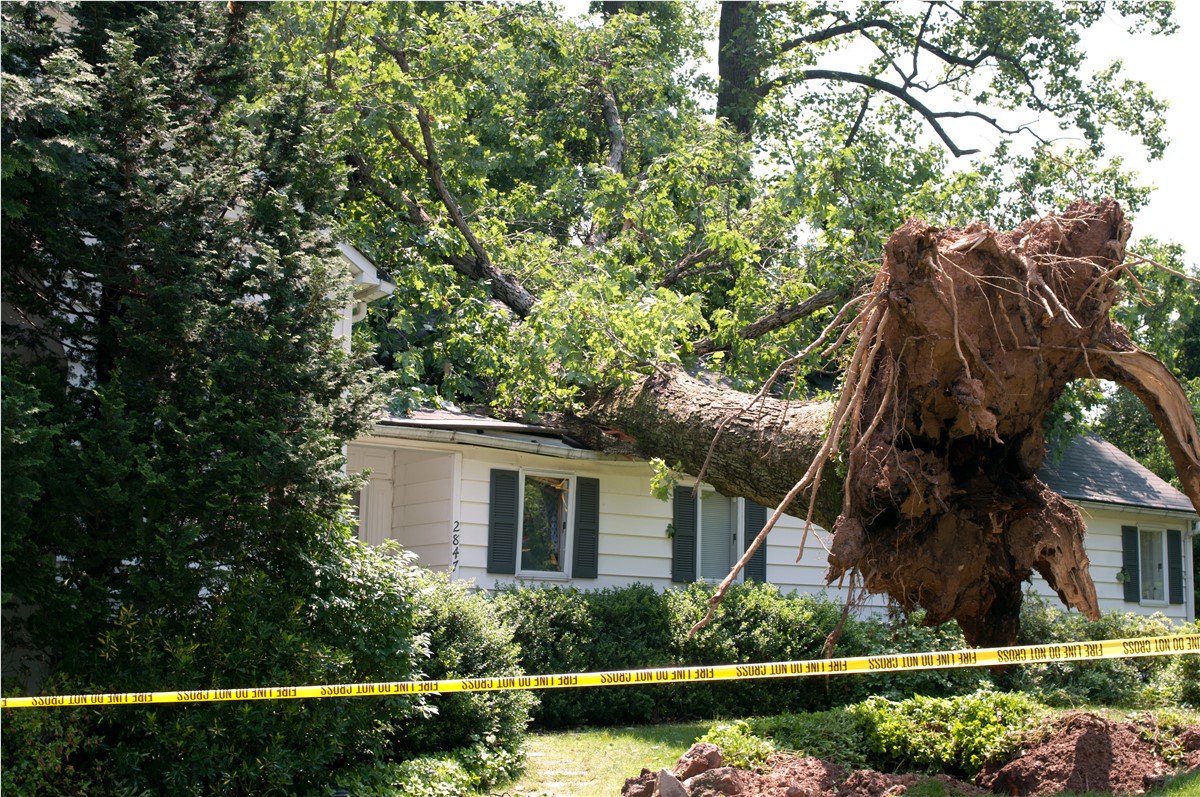
Thunderstorm Winds
Thunderstorms can produce straight-line winds that exceed 100 miles per hour. For this reason you should treat severe thunderstorms just as you would tornadoes. Move to an appropriate shelter if you are in the path of the storm.
The strong rush of wind from a thunderstorm is called a downburst. The primary cause is rain-cooled air that accelerates downward, producing potentially damaging gusts of wind.
Strong downbursts can be mistaken for tornadoes, and they're often accompanied by a roaring sound similar to that of a tornado. Downbursts can easily overturn mobile homes, tear roofs off houses and topple trees. Campers are especially vulnerable because trees can fall into campsites and onto tents.
Damage from severe wind accounts for half of all weather damage reports in the lower 48 states and is more common than damage from tornadoes. These winds are often called "straight-line" winds to differentiate their damage from tornado damage. Damaging winds are classified as those exceeding 50-60 mph.
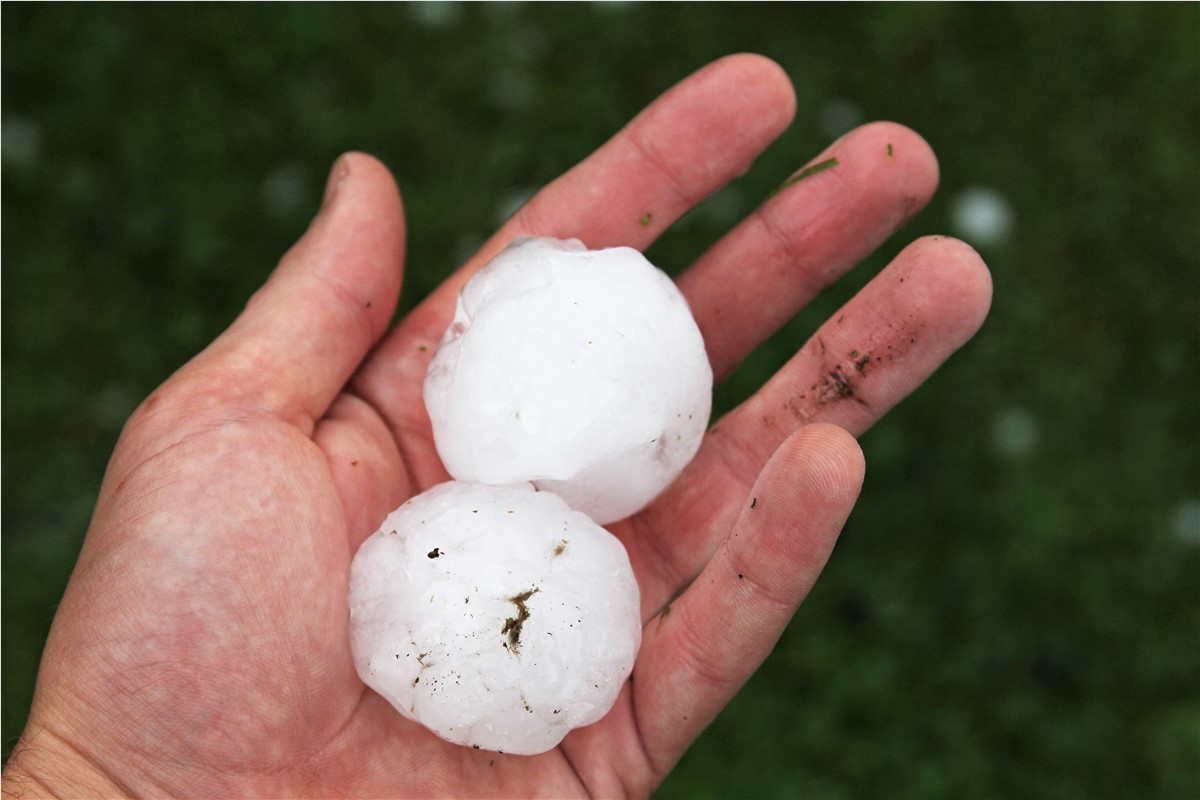
Hail
Hail is product of thunderstorms that causes nearly $1 billion in damage every year. Most hail is about pea-sized. Much of it is the size of baseballs, and it can reach grapefruit-size. Large hail stones fall faster than 100 mph and have been known to kill people.
After hail falls, we recommend you get your home inspected by a local storm damage expert. At Capital construction, we’re here to help and to answer any questions you have.
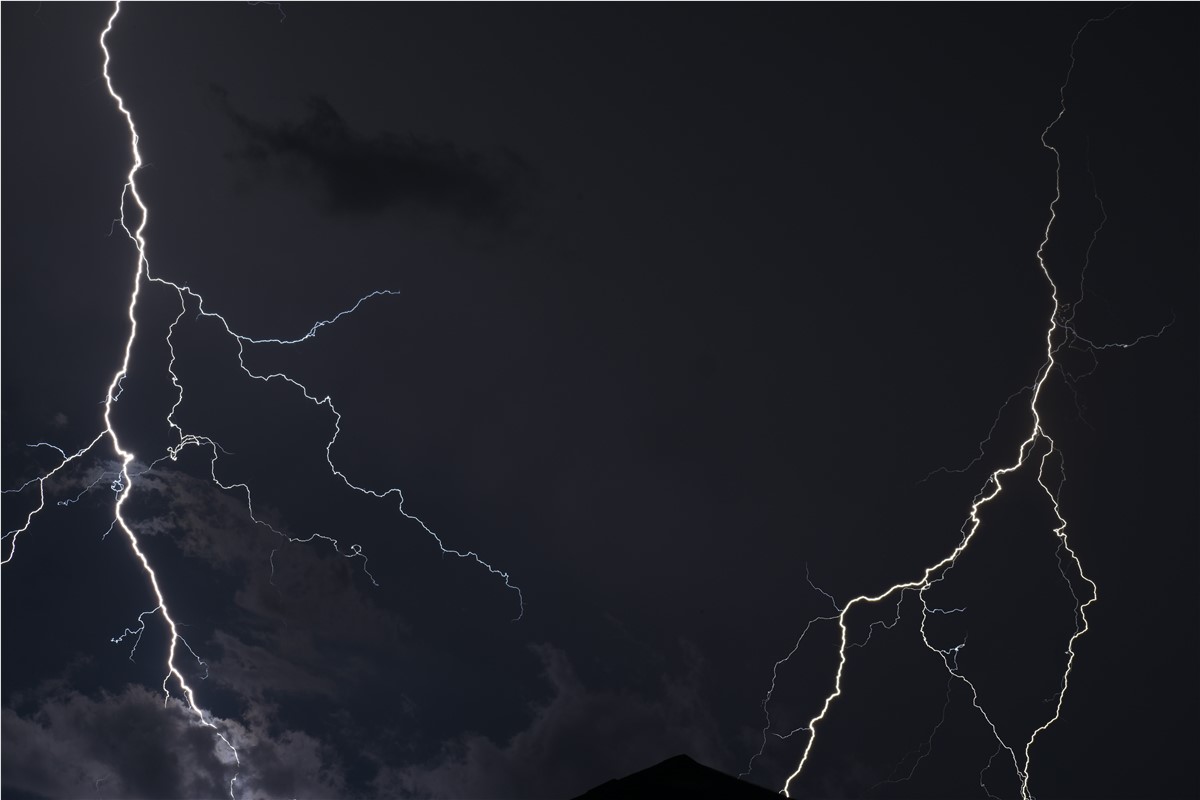
Lightning
Every thunderstorm produces lightning! Lightning kills an average of 43 Americans each year. Hundreds more are severely injured.
Lightning Safety Tips
- NO PLACE outside is safe when thunderstorms are in the area!
- If you hear thunder, lightning is close enough to strike you.
- When you hear thunder, immediately move to safe shelter: a substantial building with electricity or plumbing or an enclosed, metal-topped vehicle with windows up.
- Stay in safe shelter at least 30 minutes after you hear the last sound of thunder.
Indoor Lightning Safety
- Stay off corded phones, computers and other electrical equipment that put you in direct contact with electricity.
- Avoid plumbing, including sinks, baths and faucets.
- Stay away from windows and doors, and stay off porches.
- Do not lie on concrete floors, and do not lean against concrete walls.
Last Resort Outdoor Risk Reduction Tips
If you are caught outside with no safe shelter anywhere nearby the following actions may reduce your risk:
- Immediately get off elevated areas such as hills, mountain ridges or peaks
- Never lie flat on the ground
- Never shelter under an isolated tree
- Never use a cliff or rocky overhang for shelter
- Immediately get out and away from ponds, lakes and other bodies of water
- Stay away from objects that conduct electricity (barbed wire fences, power lines, windmills, etc.)
Why Severe Weather Awareness Week?
According to the Minnesota Department of Natural Resources, Minnesota experiences an average of 29 tornadoes per year. In 2021, Minnesota recorded 64 tornadoes, including 22 on December 15 alone, which were the latest reported tornadoes on record. A record was set in 2010 with 113 tornadoes touching down across the state.
Understanding this threat and knowing what to do when a tornado is approaching can save lives.
Take advantage of Severe Weather Awareness Week to review your own and your family's emergency procedures and prepare for weather-related hazards.
Tags
Subscribe to Capital Construction LLC's Blog







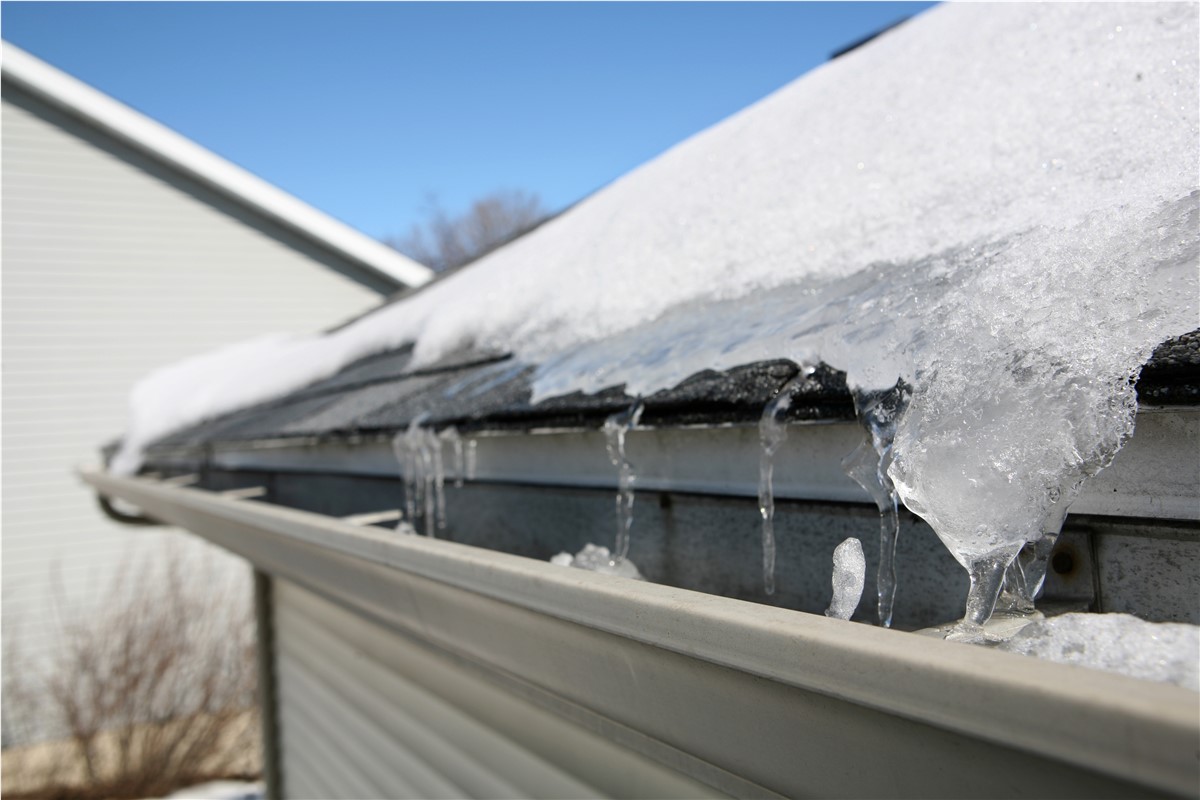

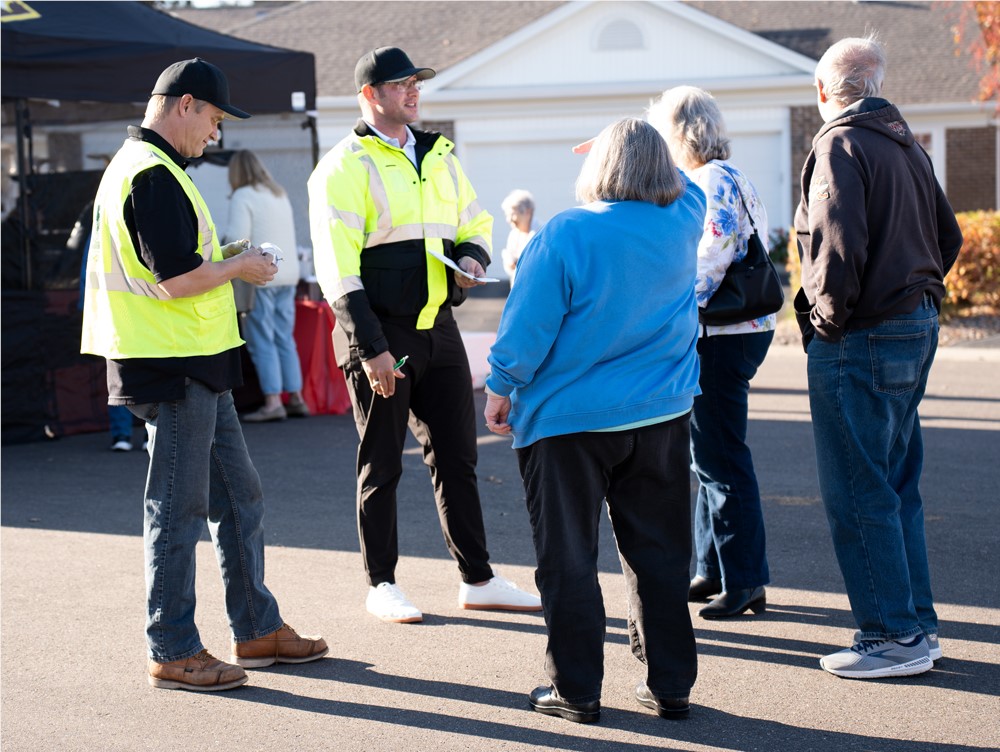
Comments